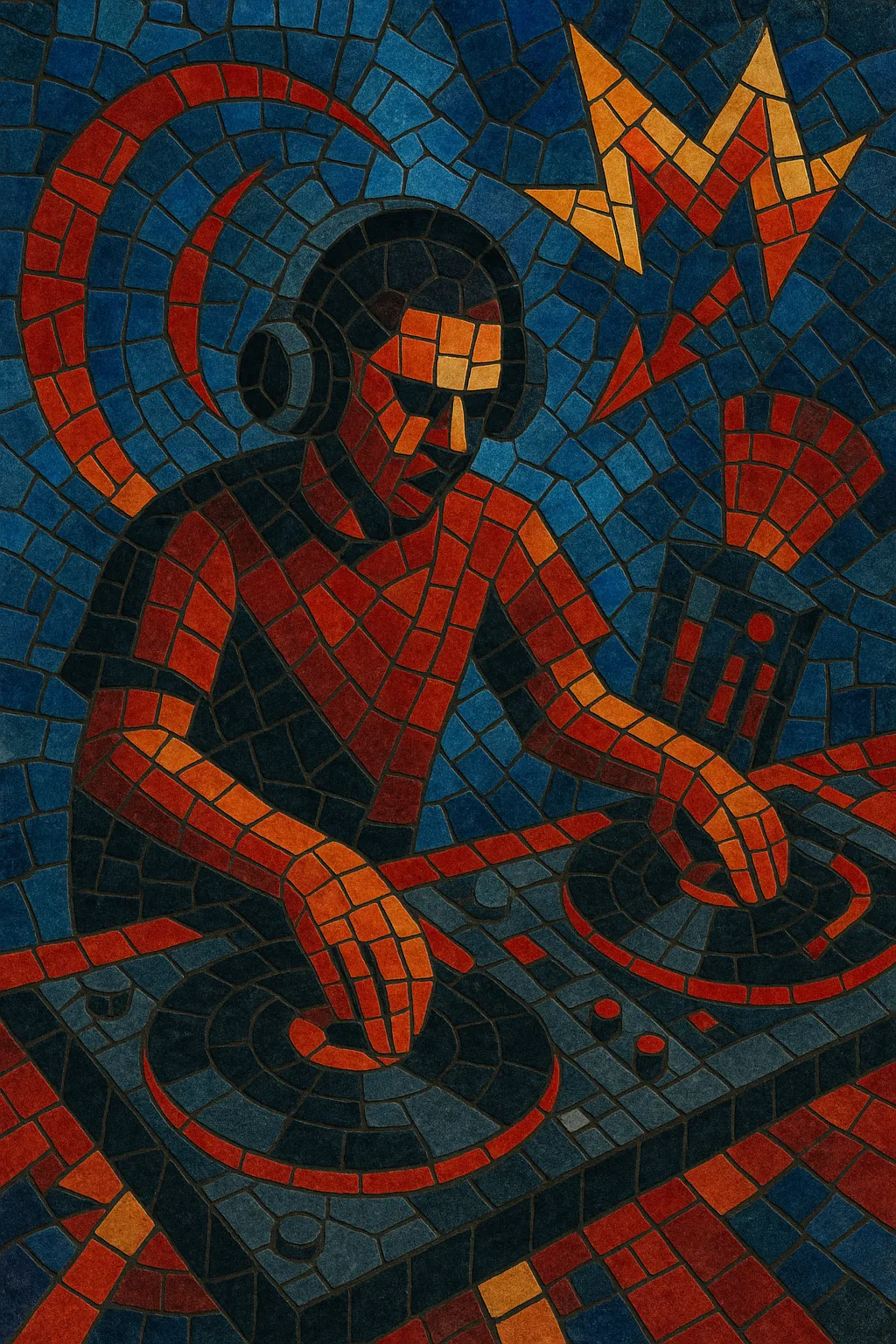
Chicago hard house is a fast, high-impact strain of house music that emerged from the Chicago and broader U.S. Midwest rave/club circuit in the mid-to-late 1990s.
It features stomping four-on-the-floor 909 kicks, crisp off-beat hi-hats, claps and snares, hoover-style synth stabs (often from the Alpha Juno), sirens and risers, chopped vocal shouts, and big DJ-friendly builds and drops.
Compared to classic Chicago house, it is harder, louder, and more aggressive, yet it keeps house music’s danceable swing and DJ-centric arrangement with long intro/outro sections for seamless mixing.
Releases often appeared on labels like Underground Construction (UC Music) and IHR, and the sound became synonymous with peak-time “bangin’” sets that energized large rooms and warehouse parties.
Rooted in Chicago’s house legacy, Chicago hard house developed as DJs pushed the intensity of house for rave-sized systems. Producers drew on the punch of techno and the rawness of ghetto house, while importing the hoover stabs and build-and-release tactics circulating in early hardbag and rave records. The result was a distinctly American, club-optimized strain: relentlessly danceable and purpose-built for peak hours.
Labels such as Underground Construction (UC Music) in Chicago and IHR on the West Coast provided a steady stream of 12-inches tailored to DJs: extended intros, breakdowns with snare rolls, sirens, and MC-style hype vox. Mixtape culture—especially rapid-fire, crowd-pleasing blends—helped spread the sound through the Midwest, then across North America. Big-room DJs made the style a reliable weapon for energizing floors.
By the late 1990s and early 2000s, Chicago hard house had a dedicated following alongside kindred but distinct scenes like LA hard house and UK hard house. While all emphasized power and pace, Chicago kept a house groove at its core—less trancey than UK counterparts and funkier than many European “hard dance” strands. Club residencies, rave headliner slots, and high-output vinyl culture kept the scene prolific.
Chicago hard house codified a DJ-first, peak-time formula—tight phrasing, long transitions, bold build-ups—that influenced LA hard house and fed into the broader hard-dance ecosystem. Its emphasis on hoover riffs, siren-laced breakdowns, and body-moving drum programming remains a reference point for high-energy house and festival-oriented sets.







